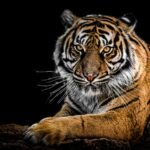When the sun dips below the horizon and darkness blankets the earth, a world of mystery awakens. Among the most enigmatic creatures of the night are the big cats, whose eyes possess the remarkable ability to pierce through the shadows. These majestic predators have evolved with exceptional night vision, allowing them to hunt and navigate in low-light conditions. In this article, we will explore ten big cats, each with its own unique adaptations that make them masters of the nocturnal world.
Lion: The King of the Night
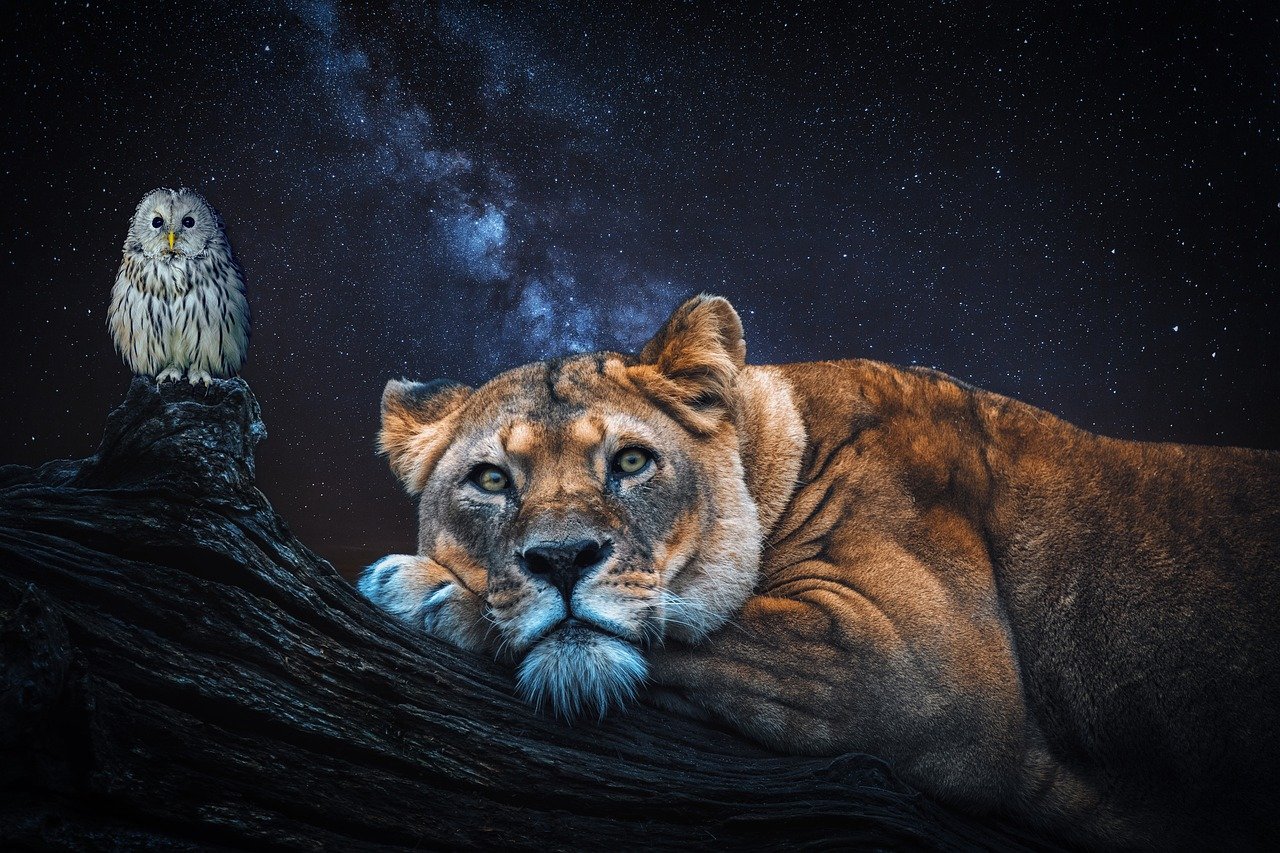
Lions, often referred to as the kings of the jungle, are not just formidable in daylight but are equally adept hunters under the cover of darkness. Their night vision is enhanced by a special layer of cells behind their retinas called the tapetum lucidum. This reflective layer bounces light back through the retina, amplifying the available light and allowing lions to see in conditions that would leave humans fumbling in the dark. With this adaptation, lions can detect even the slightest movement of prey, making them lethal hunters at night. Their golden eyes, which seem to glow in the moonlight, are a testament to their nocturnal prowess. In the African savannah, where the nights can be pitch-black, lions rely heavily on their night vision to maintain their position at the top of the food chain.
Tiger: The Silent Stalker
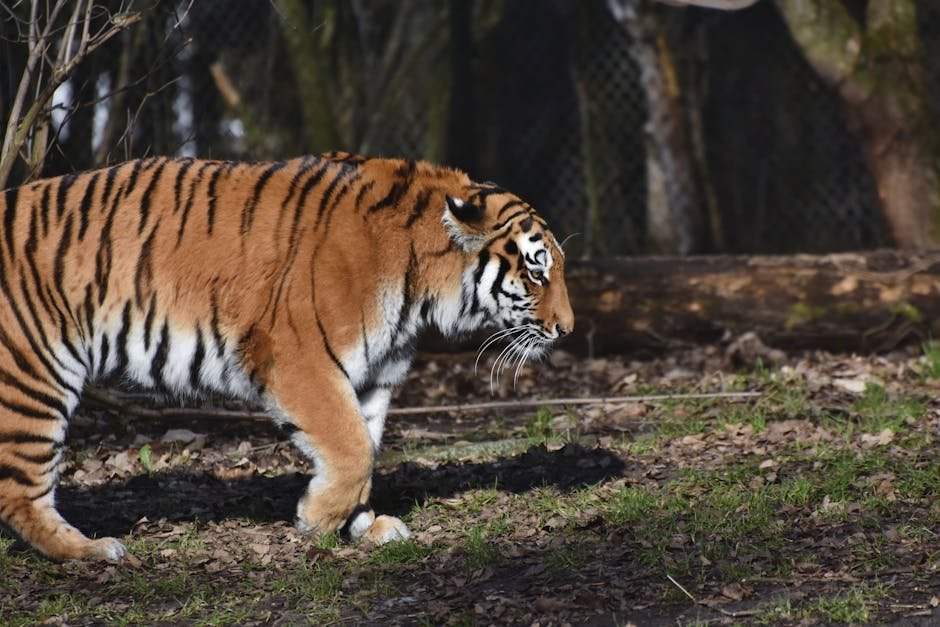
Tigers, with their striking stripes and powerful build, are solitary hunters that prefer the cover of night to ambush their prey. Their night vision is incredibly sharp, thanks to the large size of their eyes, which allows them to gather more light. The tapetum lucidum in tigers is highly developed, enabling them to see up to six times better than humans in low-light conditions. This adaptation is crucial for hunting in the dense forests and grasslands they inhabit, where visibility is often limited. Tigers rely on stealth and the element of surprise, creeping silently through the shadows before launching a swift and deadly attack. Their ability to see in the dark gives them a significant advantage, ensuring that few prey can escape their grasp.
Leopard: The Tree-Dwelling Predator
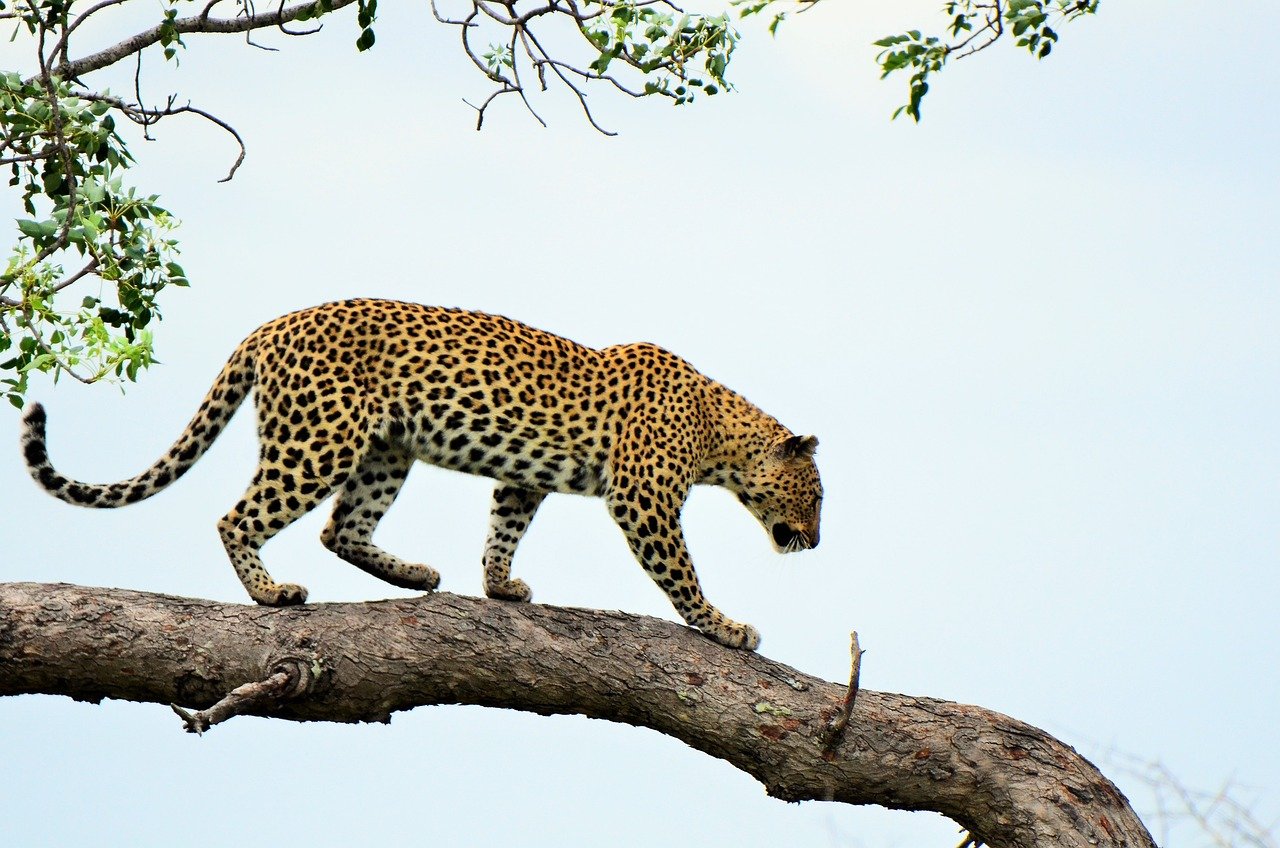
Leopards are known for their incredible adaptability and are found in a wide range of habitats, from deserts to rainforests. One of their most impressive adaptations is their night vision, which allows them to hunt effectively in the dark. Like other big cats, leopards have a tapetum lucidum that enhances their ability to see in low light. This adaptation is particularly important for leopards, as they often hunt at night to avoid competition with other predators. Leopards are also skilled climbers and often drag their prey into trees to keep it safe from scavengers. Their night vision is crucial for navigating the treetops in the dark, ensuring that they can hunt and feed in peace. With their keen eyesight and stealthy approach, leopards are true masters of the night.
Cheetah: Speed Meets Stealth
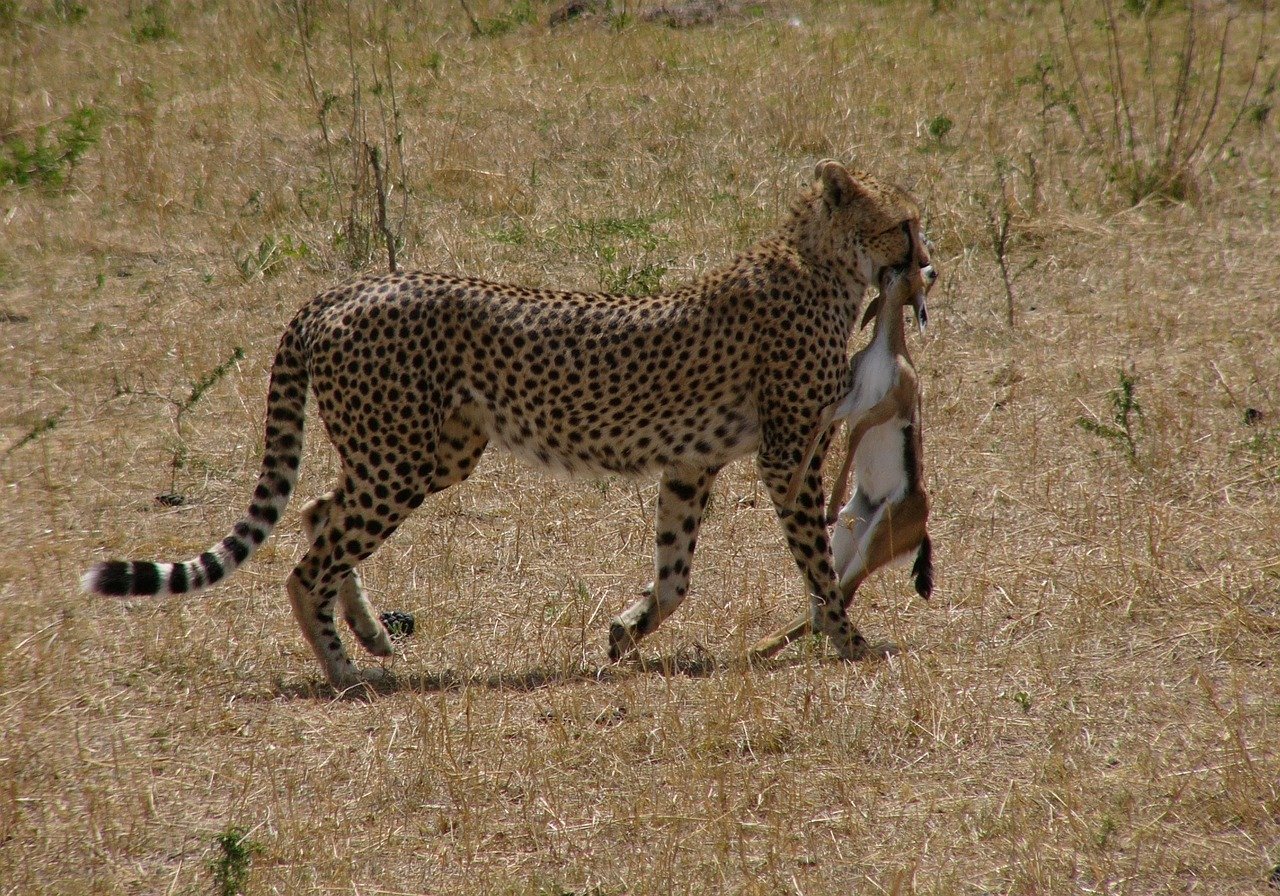
While cheetahs are renowned for their incredible speed and daytime hunting prowess, their night vision is equally remarkable. Although they prefer to hunt during the day, cheetahs possess the same reflective eye layer as other big cats, allowing them to see well in low light. This adaptation is vital for their survival, as it enables them to avoid nocturnal predators and navigate their environment after dark. Cheetahs’ eyes are positioned high on their heads, giving them a wide field of view and the ability to spot danger from a distance. This combination of speed and night vision makes cheetahs agile and versatile hunters, capable of adapting to various challenges in their environment.
Jaguar: The Jungle Phantom
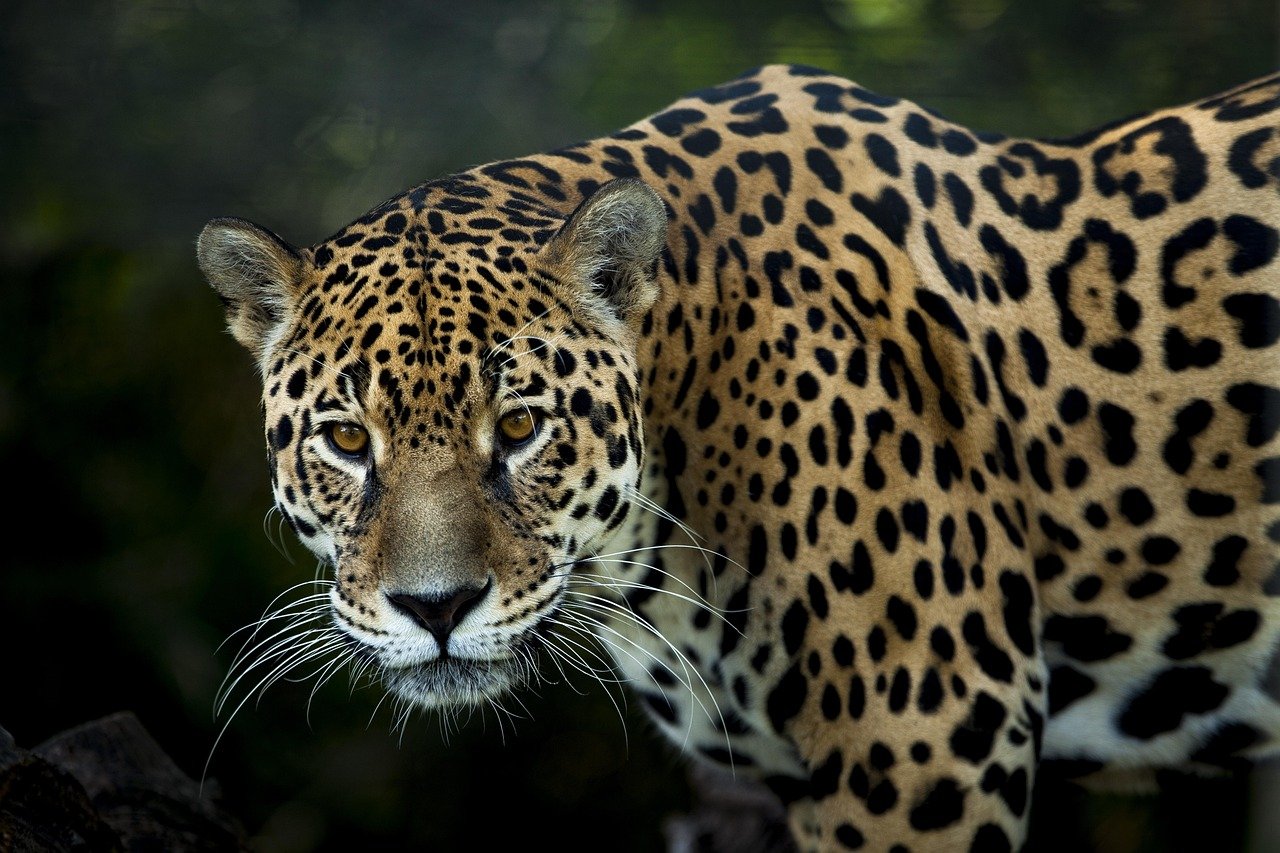
Jaguars are elusive and enigmatic creatures that roam the dense jungles of Central and South America. Known for their powerful build and striking rosettes, jaguars are adept hunters with exceptional night vision. Their large eyes and tapetum lucidum allow them to see clearly in the dim light of the rainforest, where they often hunt at night. Jaguars are opportunistic predators and will take on a wide variety of prey, from mammals to reptiles. Their night vision is crucial for stalking and ambushing prey in the dense underbrush, where visibility is limited. Jaguars are also strong swimmers and often hunt near water, using their keen eyesight to spot potential prey. As solitary and stealthy hunters, jaguars rely on their night vision to maintain their position as apex predators in their habitat.
Puma: The Mountain Ghost
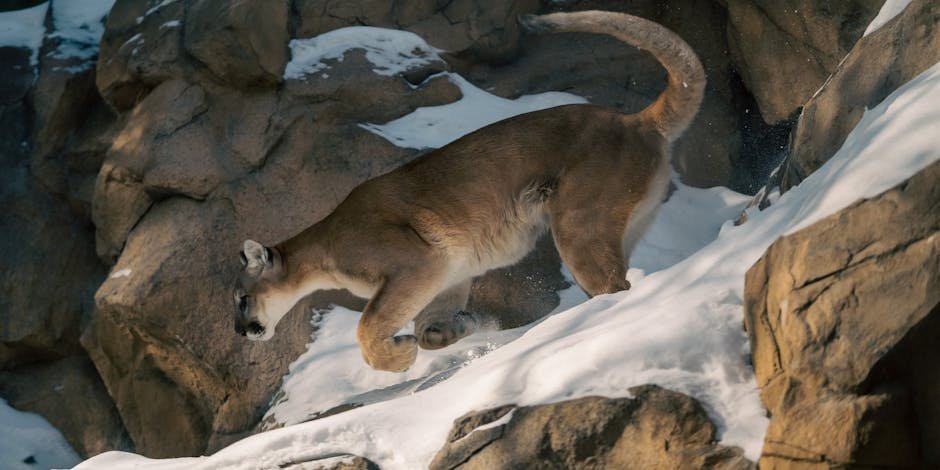
Pumas, also known as mountain lions or cougars, are highly adaptable cats found across the Americas, from the snowy peaks of the Rockies to the arid deserts of the Southwest. These solitary predators are primarily nocturnal and crepuscular, meaning they are most active during the night and twilight hours. Their night vision is superb, thanks to their large eyes and reflective tapetum lucidum, which allows them to see in near darkness. Pumas are stealthy hunters, using their keen eyesight to detect prey from a distance and silently stalk them before launching a powerful attack. Their ability to see in low light is essential for navigating the rugged terrain they call home, ensuring they remain elusive and successful hunters.
Snow Leopard: The Ghost of the Mountains
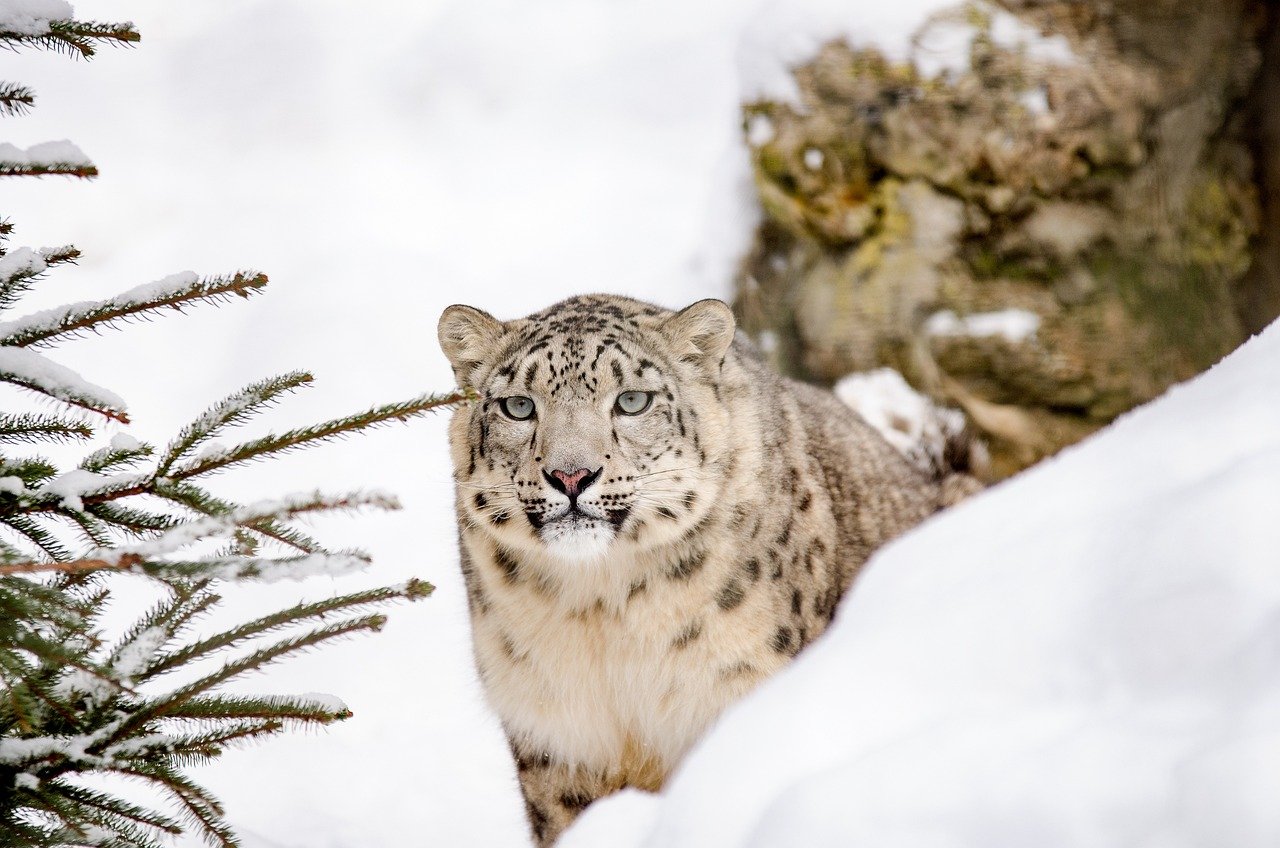
Snow leopards are enigmatic and elusive big cats that inhabit the high-altitude regions of Central Asia. Known for their striking spotted coats and long, bushy tails, snow leopards are perfectly adapted to life in the harsh mountain environment. Their night vision is a crucial adaptation, allowing them to hunt effectively in the dim light of dawn and dusk. Snow leopards have large eyes and a tapetum lucidum that enhances their ability to see in low light, crucial for spotting prey against the rocky, snow-covered landscape. These cats are solitary and elusive, often blending seamlessly into their surroundings. Their night vision is vital for maintaining their stealthy approach, enabling them to ambush prey and navigate the treacherous terrain with ease.
Clouded Leopard: The Arboreal Acrobat
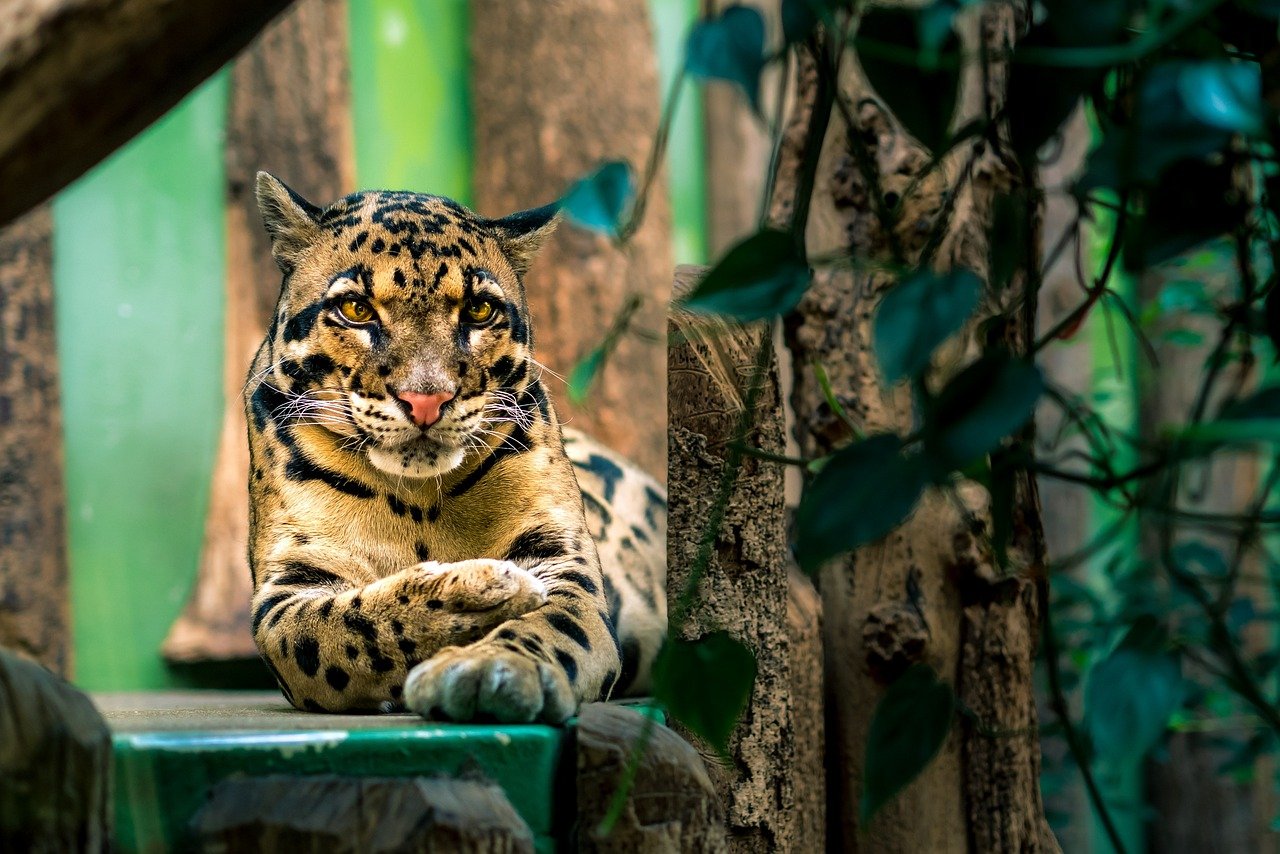
Clouded leopards are small, tree-dwelling big cats found in the forests of Southeast Asia. Known for their unique cloud-like spots and exceptional climbing abilities, clouded leopards are masters of the forest canopy. Their night vision is highly developed, thanks to their large eyes and reflective tapetum lucidum, allowing them to see clearly in the dark, dense forest. Clouded leopards are primarily nocturnal and crepuscular, using their keen eyesight to navigate the treetops and hunt for prey. These cats are incredibly agile climbers, using their long tails for balance and their sharp claws to grip tree trunks. Their night vision is essential for spotting potential prey and avoiding predators, ensuring their survival in the competitive forest environment.
Lynx: The Silent Observer
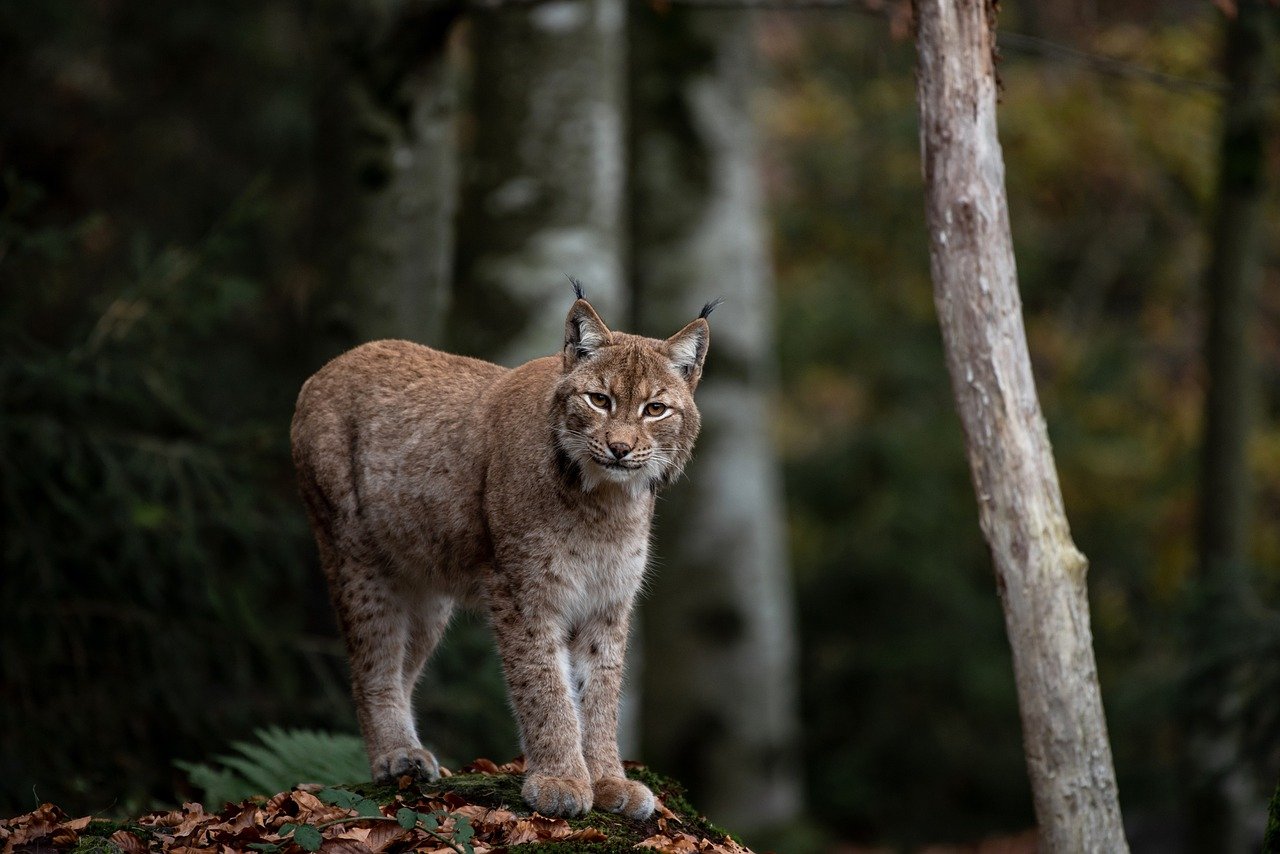
Lynxes are medium-sized wild cats found in the forests of North America, Europe, and Asia. Known for their distinctive tufted ears and short tails, lynxes are solitary and elusive predators. Their night vision is excellent, thanks to their large eyes and reflective tapetum lucidum, which allows them to see in low light conditions. Lynxes are primarily nocturnal and crepuscular, using their keen eyesight to hunt for prey such as rabbits and birds. Their night vision is crucial for detecting movement in the dense underbrush, where they often stalk their prey. Lynxes are patient hunters, relying on their keen senses and stealthy approach to catch their prey off guard. Their ability to see in the dark ensures their success as solitary predators in the forest.
Serval: The Grassland Sprinter
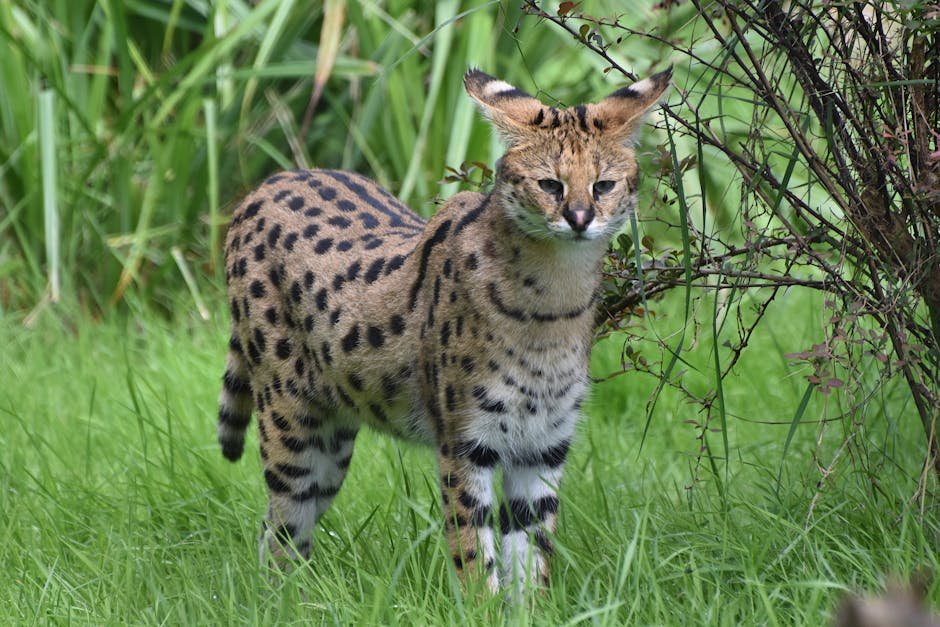
Servals are medium-sized wild cats native to the grasslands and savannas of Africa. Known for their long legs and large ears, servals are skilled hunters with exceptional night vision. Their large eyes and reflective tapetum lucidum allow them to see clearly in low light, crucial for hunting in the open grasslands where cover is limited. Servals are primarily nocturnal and crepuscular, using their keen eyesight to spot prey from a distance. Their long legs and agile bodies enable them to make impressive leaps, catching birds and small mammals in mid-air. The combination of night vision and agility makes servals highly effective hunters, capable of thriving in their open habitat.
In the world of big cats, night vision is an essential adaptation that allows these majestic predators to thrive in their respective environments. From the lions of the African savannah to the snow leopards of the Himalayas, each big cat has developed unique adaptations that make them masters of the night. Their ability to see in low light conditions not only aids in hunting but also ensures their survival in the wild. As we continue to learn more about these incredible creatures, we gain a deeper appreciation for the remarkable adaptations that allow them to rule the night.

Growing up traveling and experiencing new cultures and wonders, I have had a passion for nature, adventuring, photography, and videography. I am currently working towards a BSc in Biodiversity and Ecology at Stellenbosch University, and I hope to specialise in Marine Sciences one day.
Please send any feedback to Feedback@animalsaroundtheglobe.com


